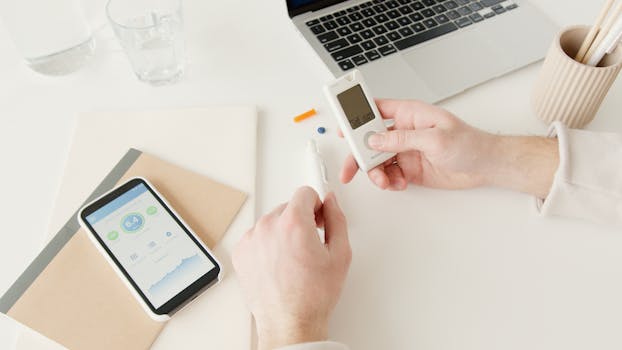The Future of Connectivity: Exploring Smartphones, Tablets, and Wearables
Takeaways: In this article, we will explore how smartphones, tablets, and wearables have transformed our daily lives, their technological evolution, and the implications of their integration into our routines. We will also discuss the future trends that may shape the next generation of these devices.
Smartphones, tablets, and wearables are no longer just gadgets; they have become essential tools that enhance our productivity, communication, and overall quality of life. As we delve into each category, we will uncover their unique features, benefits, and how they complement each other in the digital ecosystem.
Smartphones: The Ultimate Communication Tool

Initially, smartphones were primarily designed for voice calls and texts. However, with the advent of mobile internet and app stores, they have evolved into mini-computers that fit in our pockets. Today’s smartphones allow us to connect with friends and family through social media, conduct business meetings via video calls, and even manage our smart homes.
One of the key features that set smartphones apart is their app ecosystem. The availability of millions of apps makes it easy for users to customize their devices according to their needs, whether for productivity, creativity, or entertainment. Additionally, advancements in mobile technology, such as 5G connectivity, are enhancing the capabilities of smartphones, enabling faster data transfer and improved performance.
Moreover, smartphones play a crucial role in the growing trend of remote work. With tools like email, video conferencing, and cloud storage accessible from our phones, it has never been easier to stay connected and productive on the go. As we move forward, we can expect smartphones to continue to integrate more advanced technologies, such as AI and augmented reality, further enhancing their functionality.
Tablets: The Versatile Companion

One of the standout features of tablets is their versatility. They can function as e-readers, media consumption devices, and even productivity tools with the appropriate accessories, such as keyboards and styluses. This adaptability makes tablets particularly popular among students and professionals who need a device that can handle a variety of tasks.
Tablets also benefit from a wide range of apps designed specifically for larger screens, allowing users to engage in activities that require more interaction, such as drawing or editing documents. The introduction of tablets with detachable keyboards has further blurred the lines between tablets and laptops, making them a compelling option for those seeking a lightweight device for travel.
As technology evolves, tablets are expected to incorporate more advanced features, including improved battery life, enhanced processing power, and better integration with other devices. This evolution will ensure that tablets remain a relevant and valuable tool for both personal and professional use.
Wearables: The Health and Fitness Revolution

Smartwatches, such as the Apple Watch and Samsung Galaxy Watch, have become integral to our daily routines, offering features that allow users to track heart rates, monitor sleep patterns, and even receive notifications directly on their wrists. This convenience encourages users to stay active and engaged in their health and wellness goals.
Fitness trackers, on the other hand, focus primarily on health metrics, providing insights into physical activity levels, calorie expenditure, and even stress management. By collecting data throughout the day, these devices empower users to make informed decisions about their health and fitness.
The future of wearables looks promising, with advancements in technology leading to more sophisticated features. We can expect to see improved sensors for more accurate health tracking, longer battery life, and enhanced integration with other smart devices. As wearables evolve, they will continue to play a crucial role in promoting healthy lifestyles and improving overall well-being.
Conclusion
